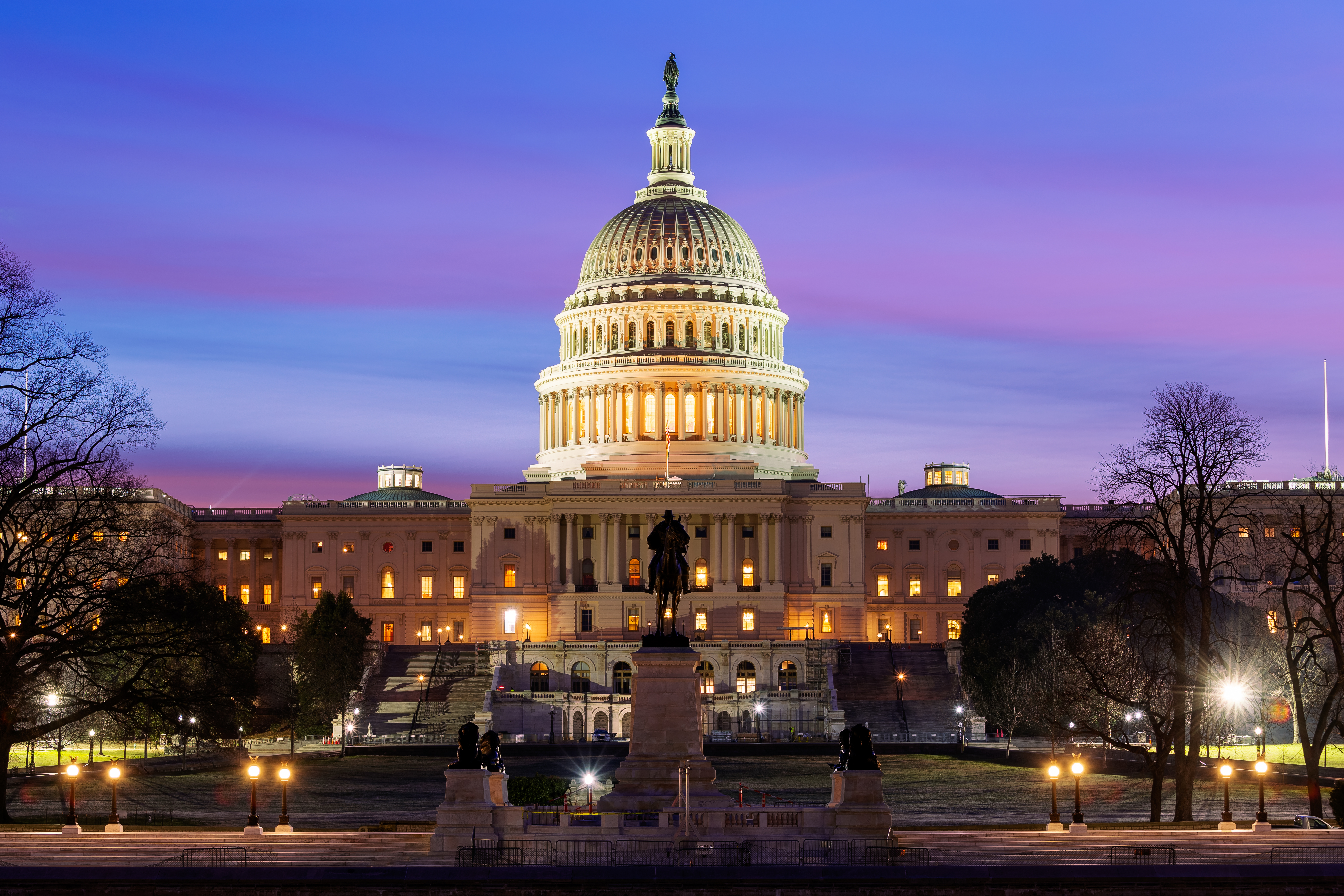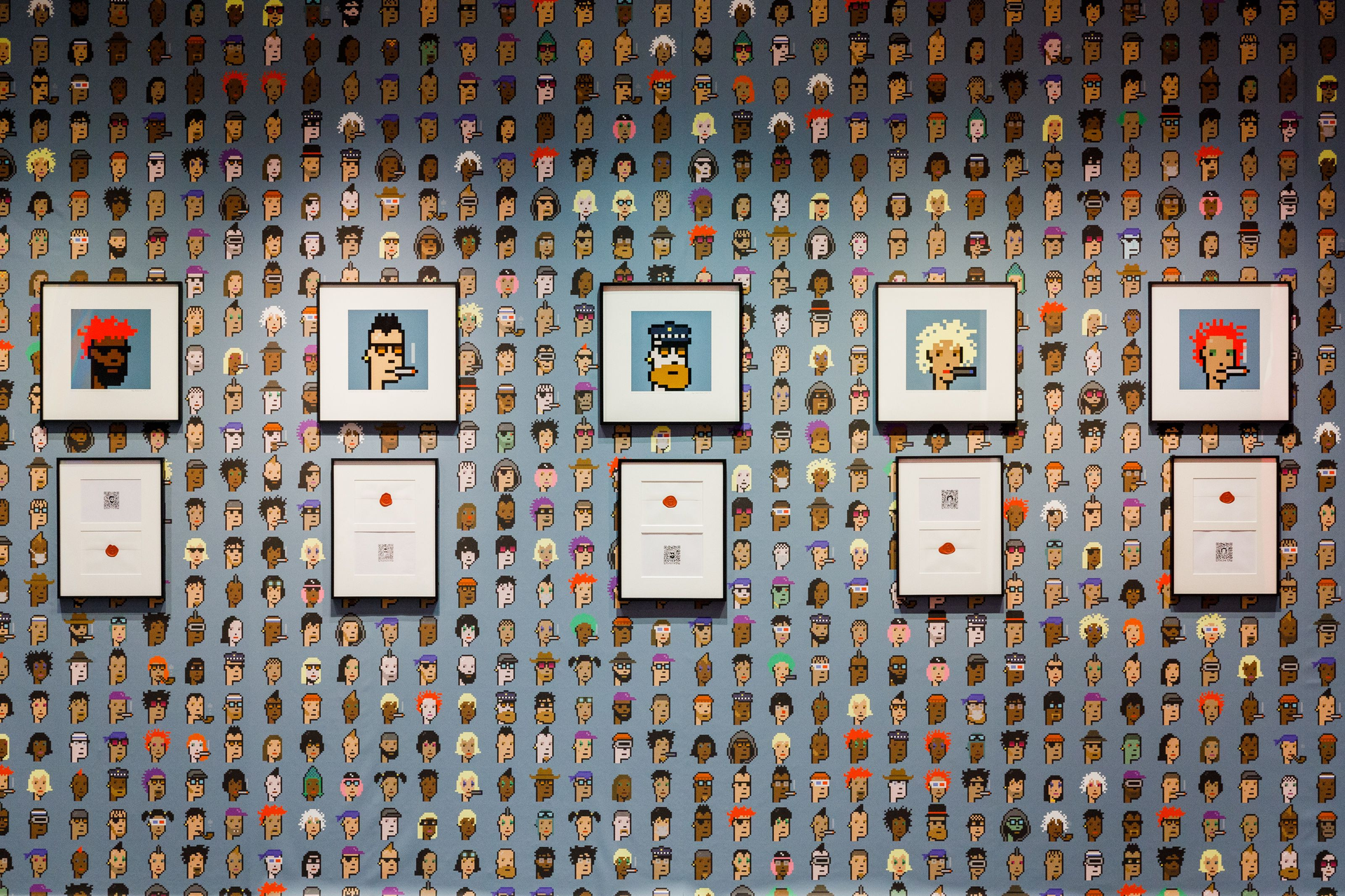DeFi’s record breaking summer

Cuba will officially recognize and regulate cryptocurrencies this month. [Kriangkrai Thitimakorn via Getty Images]
There’s never a dull moment on the blockchain. Here’s what you need to know this week:
DeFi’s record summer. Big firms eye decentralized finance, lifting some apps to new heights.
The next NFT trend. Art Blocks’ massive growth and the rise of “generative” NFTs.
Cuba recognizes crypto. The country outlines new rules for using digital assets.
Defi Update
Decentralized finance apps hit all-time highs
NFTs aren’t the only element of the Ethereum economy that are booming this summer. The universe of crypto-based lending, saving, and trading apps known as DeFi has also been breaking records. This week, the total value locked (TVL) — the total amount of money traders have put to work via various DeFi platforms — broke previous all-time highs set in May, reaching $165 billion. So what’s been fueling DeFi’s latest surge?
Institutional investors attracted by high yields are increasingly interested in DeFi — including payment company Square and Wall Street giants like J.P. Morgan and BlackRock. According to the Chainalysis Global DeFi Adoption Index, the share of DeFi transaction volume conducted by large institutional traders rose from less than 10% in mid-2020 to over 60% in the second quarter of this year.
MetaMask, a popular wallet option for DeFi, has seen its user count soar 1,800% this year. It now has more than 10 million users, up from around 600,000 last summer (and 5 million in April).
A consortium of the largest DeFi apps have banded together to bring DeFi to “the 6 billon smartphone users around the world.” Using a crypto platform called Celo, the group (which includes Aave, Curve, and Sushiswap) aims to increase crypto adoption in developing economies.
Decentralized lending platform Aave is the largest DeFi application, with $14.2 billion TVL. Aave is set to launch a dedicated lending platform for institutions “within weeks.” In other Aave news, Bitwise, the world’s largest crypto-index-fund manager (with over $1 billion invested) recently announced the creation of the Bitwise Aave Fund.
Why it matters… Even if you aren’t directly experimenting with DeFi, it’s good to know what’s happening in that world if you trade popular tokens associated with DeFi — like ETH, Solana, and Cardano. (Cardano’s smart-contract functionality rolls out soon.) ETH now regularly sees greater trade volumes than BTC — and by market cap Cardano is now the third-biggest cryptocurrency while Solana is eighth.
New Kid on the Block
Algorithmic NFT art is setting record prices
First came the Punks — followed this summer by a whole circus of Apes, Axies, and Pudgy Penguins. What’s the latest NFT craze to capture the attention of the metaverse? A market for collectible abstract, computer-generated art called Art Blocks. Since it launched in November 2020, artists on the platform have created more 100,000 unique works using a process known as generative art. In the last month alone, sales have totalled around $570 million.
The original buyers of Art Blocks have no idea what their pieces are going to look like. The platform’s artists create algorithms that define certain attributes of their work; the final image is generated by the script when each NFT is minted on the Ethereum blockchain (resulting in different visuals each time). Art Blocks range from simple squiggles to complex Sol LeWitt-style geometric works to interactive experiences. Hundreds of variations of each style are often created by artists.
Art Blocks is minting millionaires. Tyler Hobbs created a series of intricate generative artworks with an algorithm he called Fidenza. Works from the Fidenza collection (there are 999 total) now sell for serious money. Digg founder Kevin Roose sold Fidenza #313 last week for 1,000 ETH ($3.3 million) after paying just .58 ETH (around $1,400) for it earlier this summer. The lowest-priced Fidenza piece currently on OpenSea is going for 294 ETH (around $962,000).
Are seven-figure values for digital artworks a sign of speculation? At least 16 Art Blocks have sold for more than $1 million, and more than 80% of Art Blocks’ total trade volume has come in August alone. As Art Blocks founder Erick Calderon told Decrypt recently, “[It’s] incredibly validating, exhilarating, but also terrifying.”
Why it matters… For fine artists, Art Blocks offers a deal that the old-school art market lacks: an automatic 5% cut every time a piece gets resold. For NFT fans, Art Blocks’ success may point to a new step in the evolution of crypto aesthetics — drawing in buyers from the white-hot contemporary art market who seek a different kind of clout than you get by collecting profile-pic avatars like CryptoPunks and Bored Apes. (Of course, there’s lots of overlap between the two worlds.) But it remains to be seen if the current price levels are sustainable — especially after a volatile summer for NFTs.
Crypto in Cuba
Cuba to recognize and regulate cryptocurrencies
Last week, the Cuban government published a resolution to recognize and regulate cryptocurrencies, citing “reasons of socio-economic interest.” The document doesn’t specify making crypto legal tender, as El Salvador is doing with Bitcoin. Instead, it references “licenses” for virtual-asset service providers, and outlines the central bank’s broader regulatory intentions.
This summer, thousands of Cubans took to the streets in rare mass protests over a pandemic-era economic crisis — including a shortage of food and medicine. The country’s $3 billion annual revenue from remittances — expats sending money home to family— has also shrunk as over 400 Western Union locations shuttered, further limiting access to cash. In response, many Cubans have turned to crypto as a cheaper and more reliable way to send and save money. Some citizens, like photographer Gabriel Guerra Bianchini, are optimistic about what the resolution could mean: “This is bigger than just making money. This is really freedom.”
Takes
Steph Curry apes in on Bored Ape NFT, Entourage producer plots crypto comedy called H.O.D.L.
CryptoDunk... On Saturday, NBA star Steph Curry dropped 55 ETH ($180,000) on a Bored Ape Yacht Club NFT, changed his Twitter pic to the tweed-suited, blue-furred simian, and posted a selfie in the club’s Discord chat. ESPN’s Ros Gold-Onwude, a fellow BAYC member, tweeted, “Steph bout to be getting buckets in the Metaverse.”
Whale tale... A 12-year-old programming whiz in London has made more than $250,000 from an NFT project called Weird Whales. “I plan to keep all my ether and not convert it to fiat,” said Benyamin Ahmed. “It might be early proof that, in the future maybe everyone doesn’t [need] a bank account.”
Writer’s block… Entourage and Ballers producer Rob Weiss will helm a new series called H.O.D.L. (Hold On for Dear Life) — about a tech founder named Mel who navigates the world of crypto. An Ethereum-based token called FDL (For Dear Life) will let viewers receive some of the series’ profits. “The world of currency is rapidly changing,” said Wiess. “Hold On for Dear Life will both illuminate and entertain at the same time.”
Joke-a-cola… Want to quench your memecoin thirst at the same time as your regular thirst? Meet DogeCola, which is both a token and soda that will apparently be shipping soon. In a lengthy press release, the project promises that the “moon taste” cola “will boost the crypto market to the next level.”
TOKEN TRIVIA
Which of these NFT projects runs on Solana’s blockchain?
A
Degenerate Ape Academy
B
Bored Ape Yacht Club
C
CryptoPunks
D
Art Blocks
Find the answer below.
Trivia Answer
A
Degenerate Ape Academy











